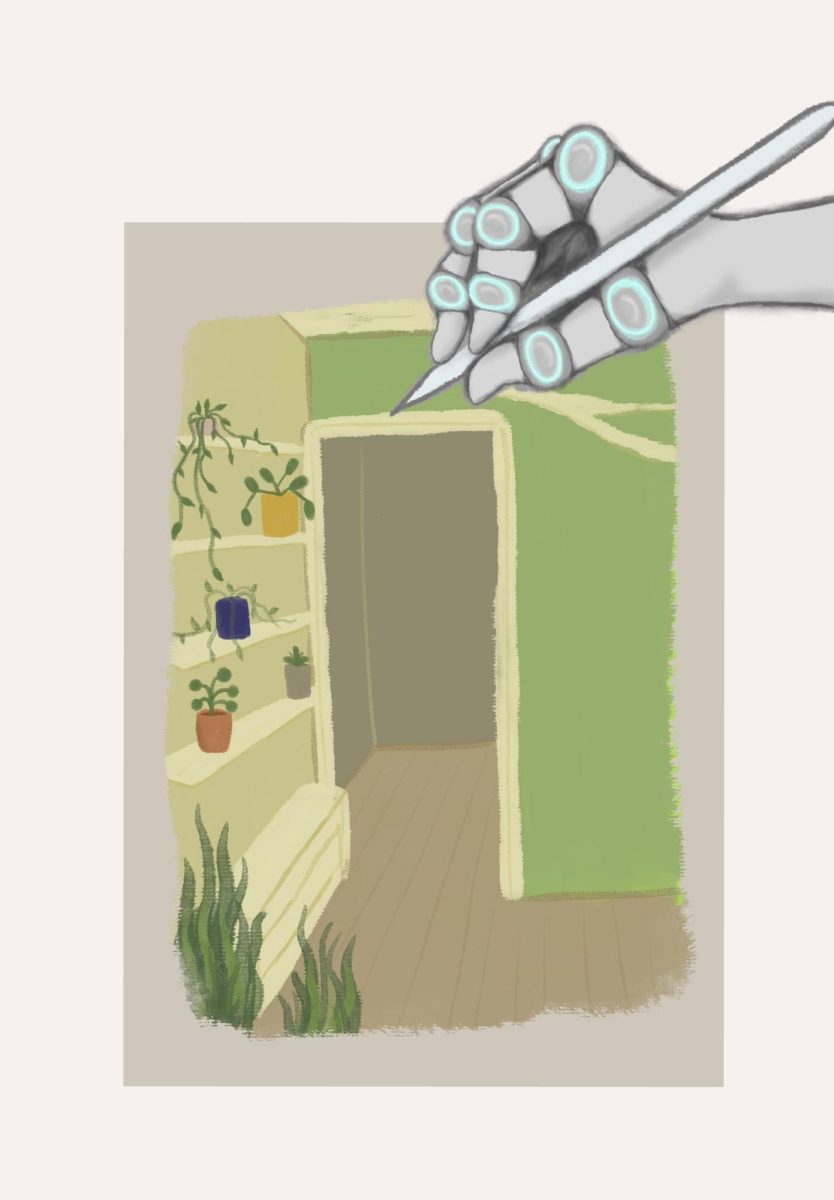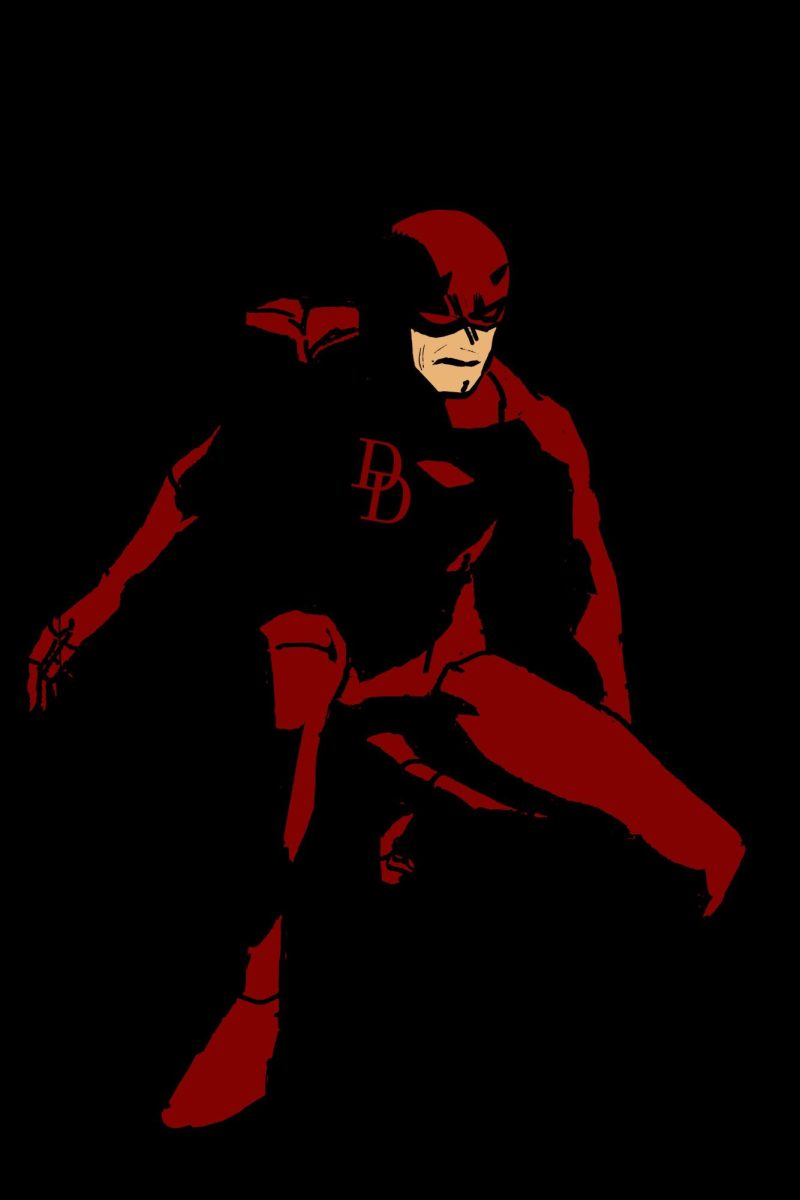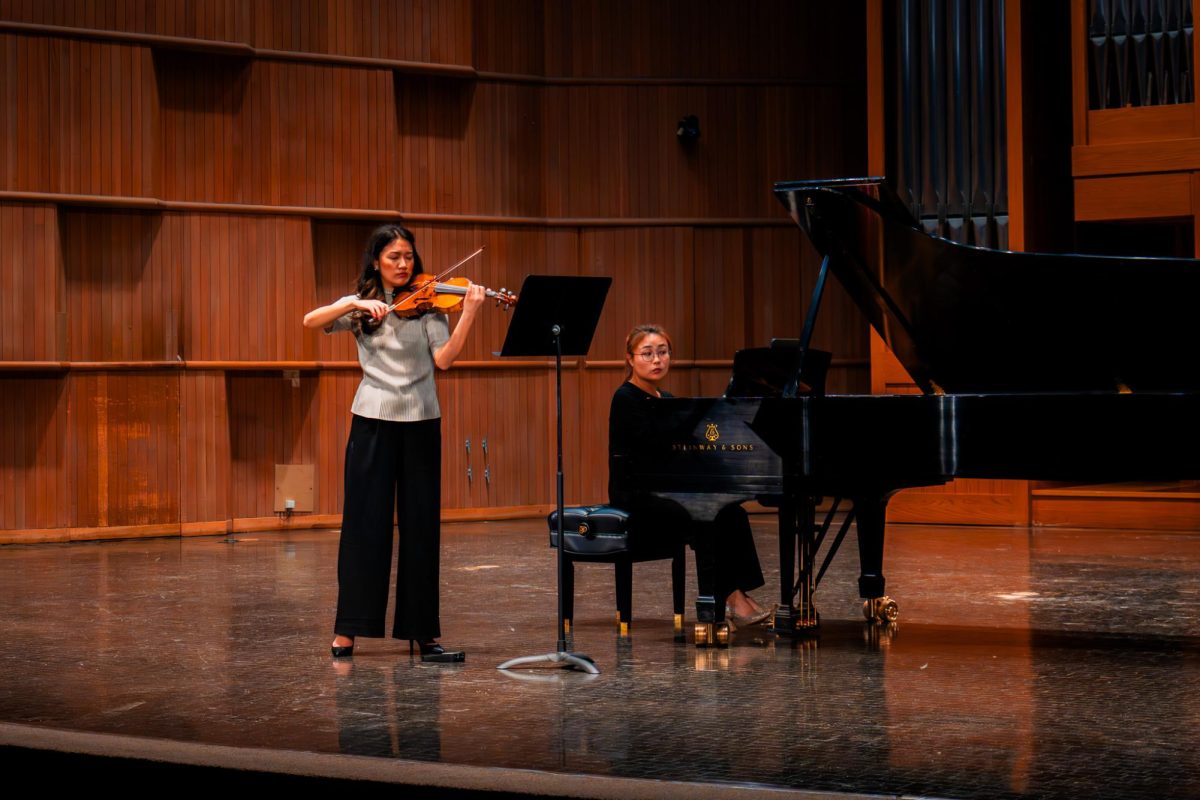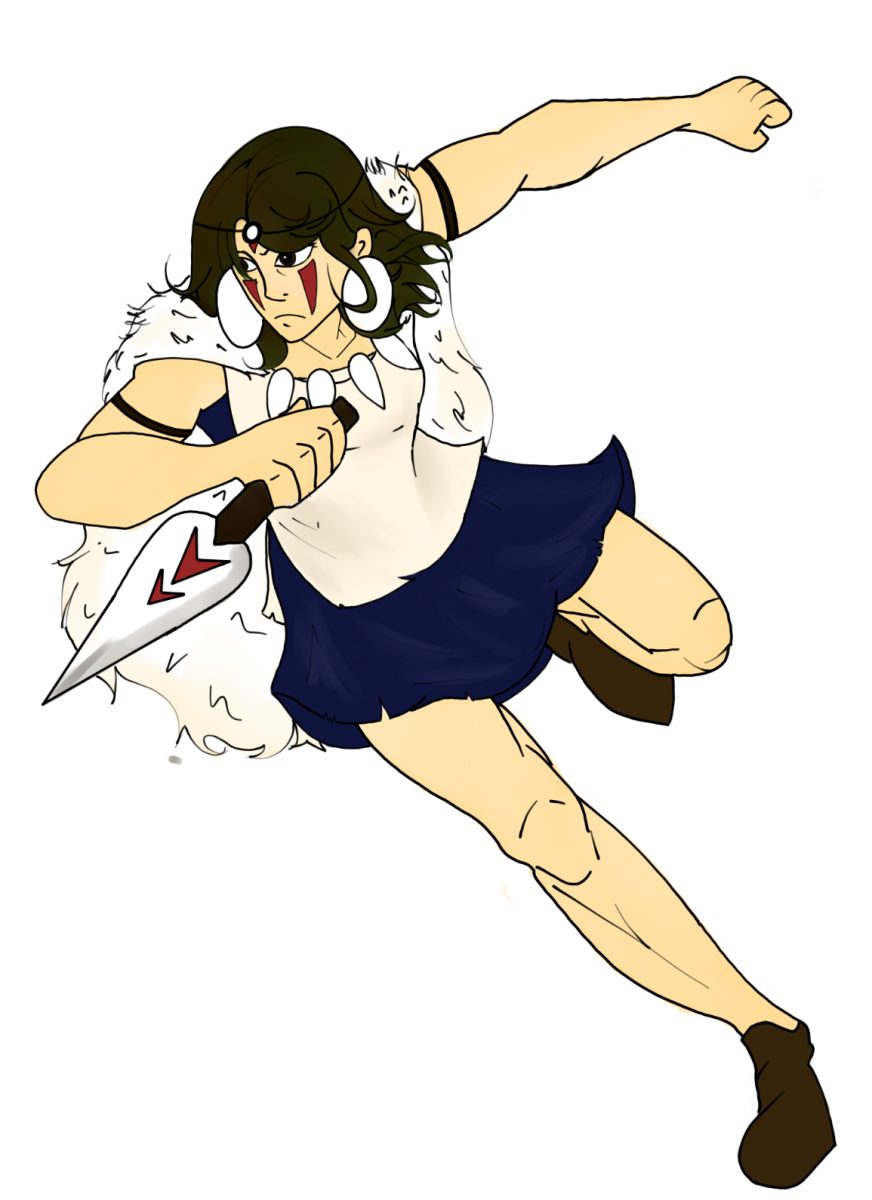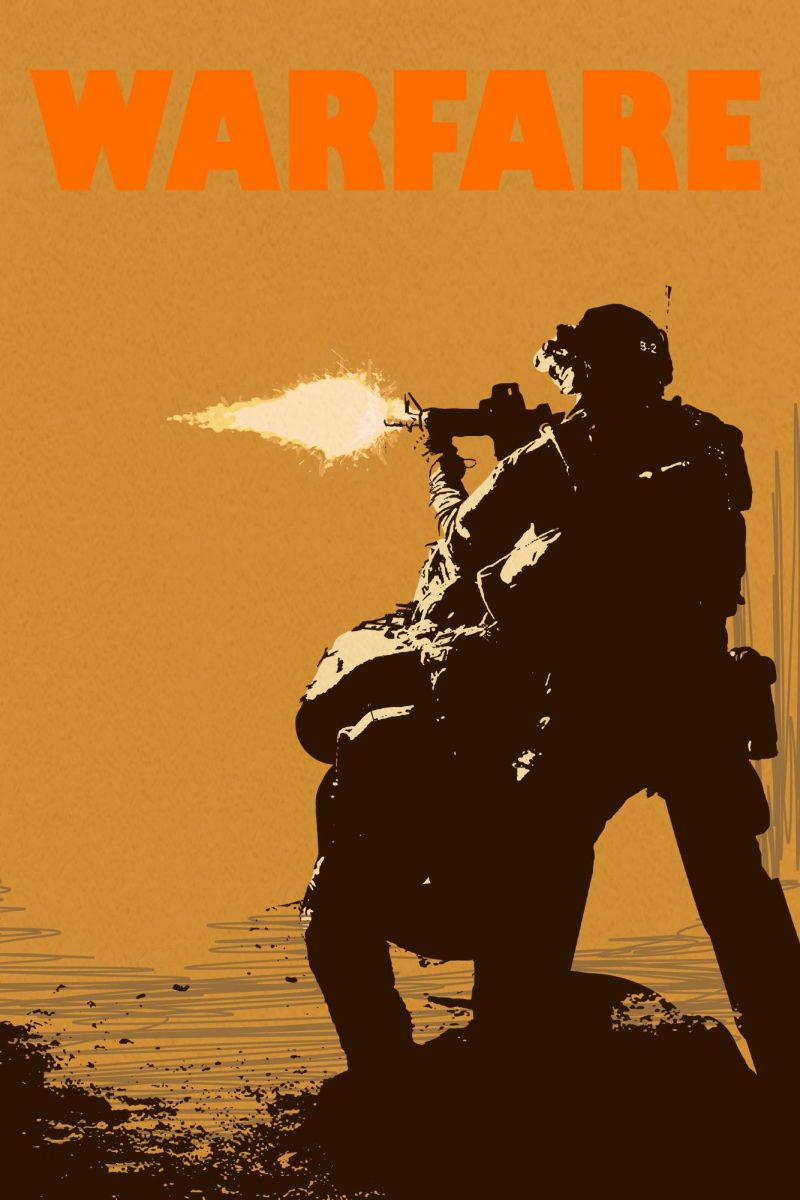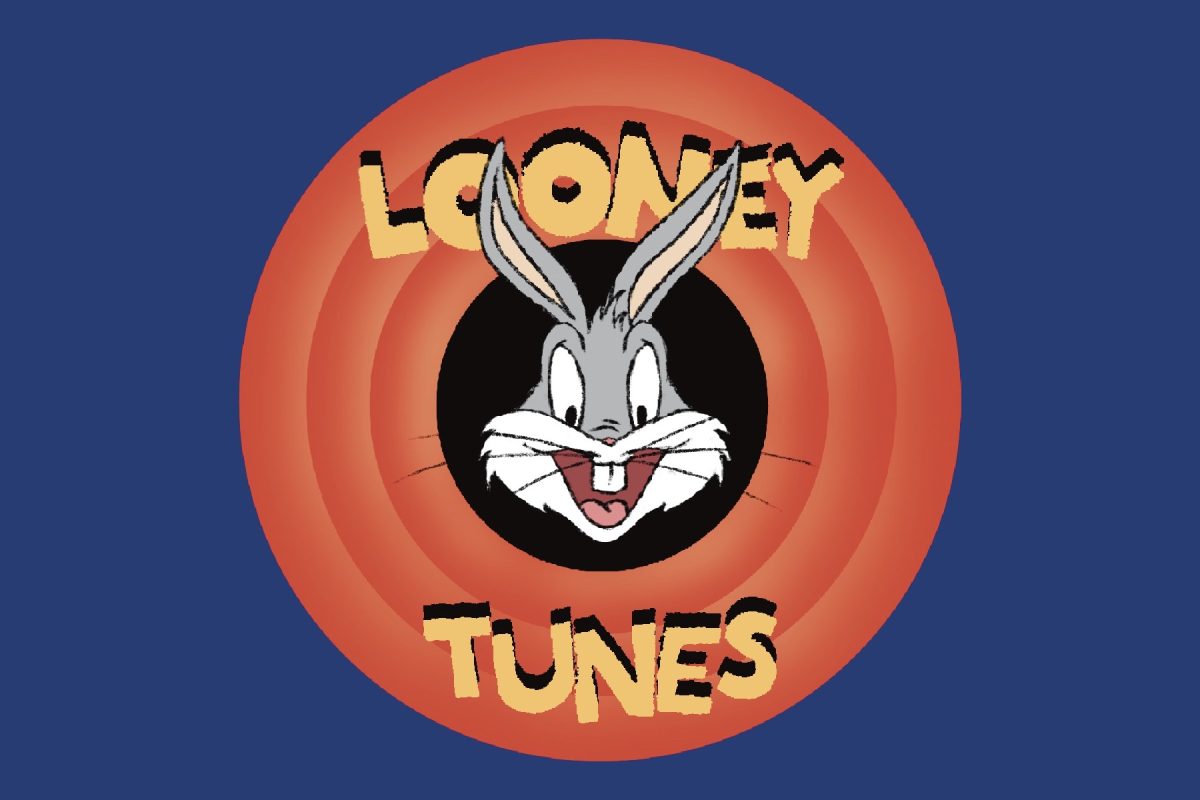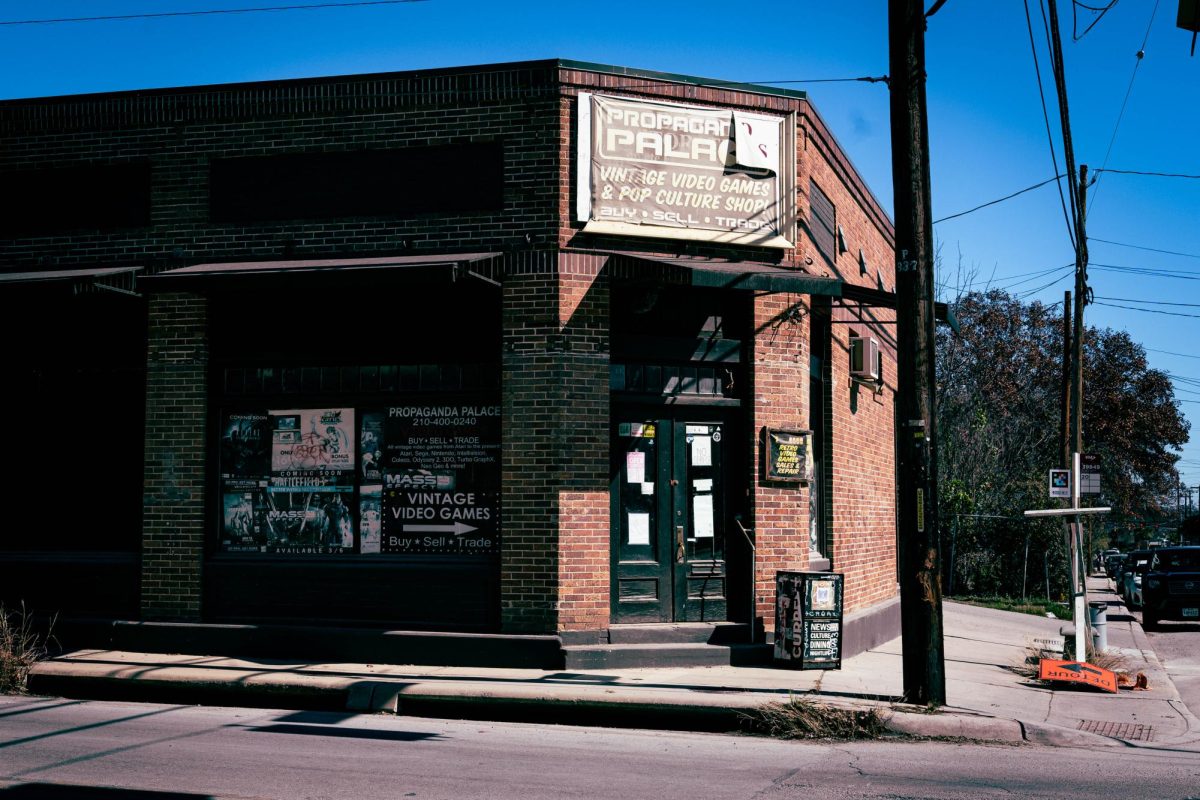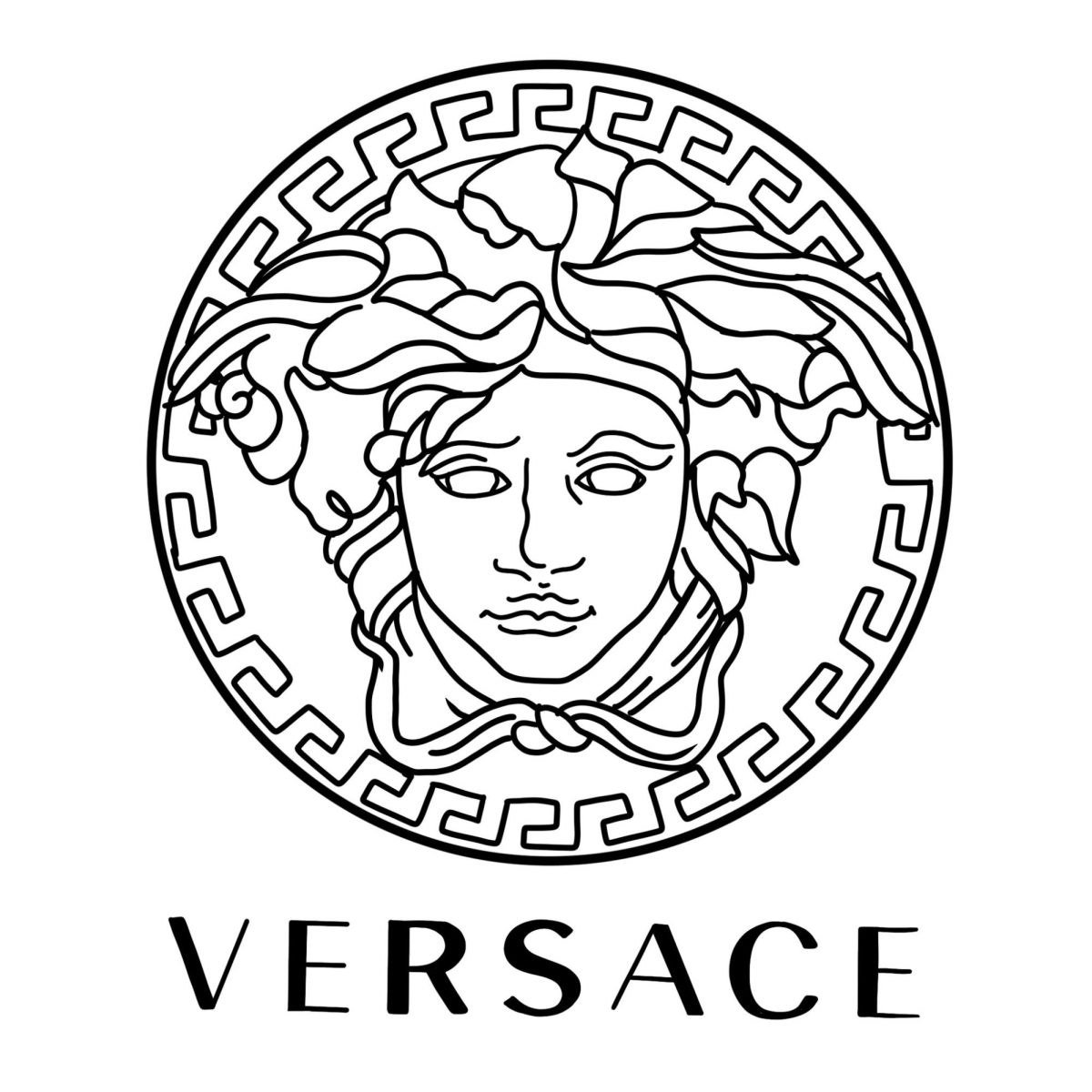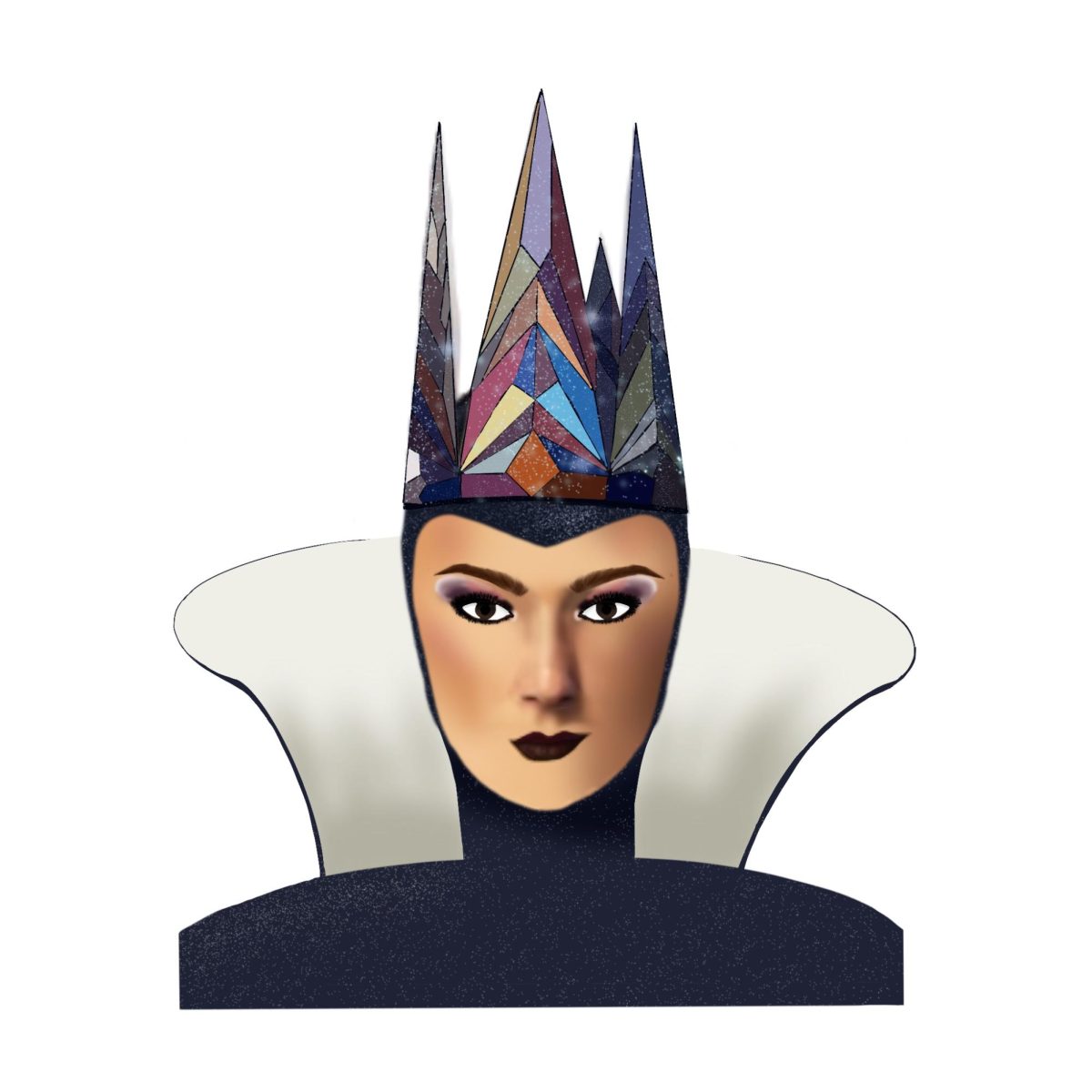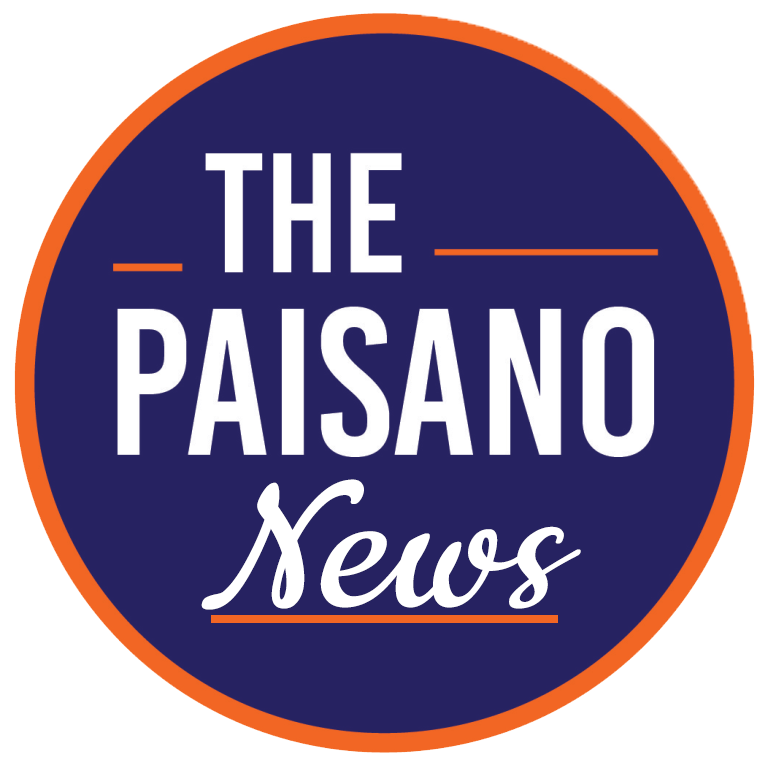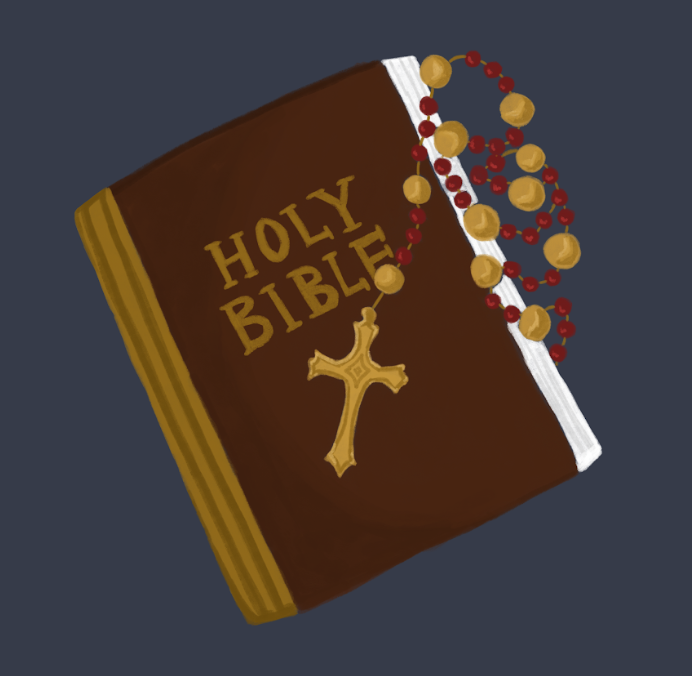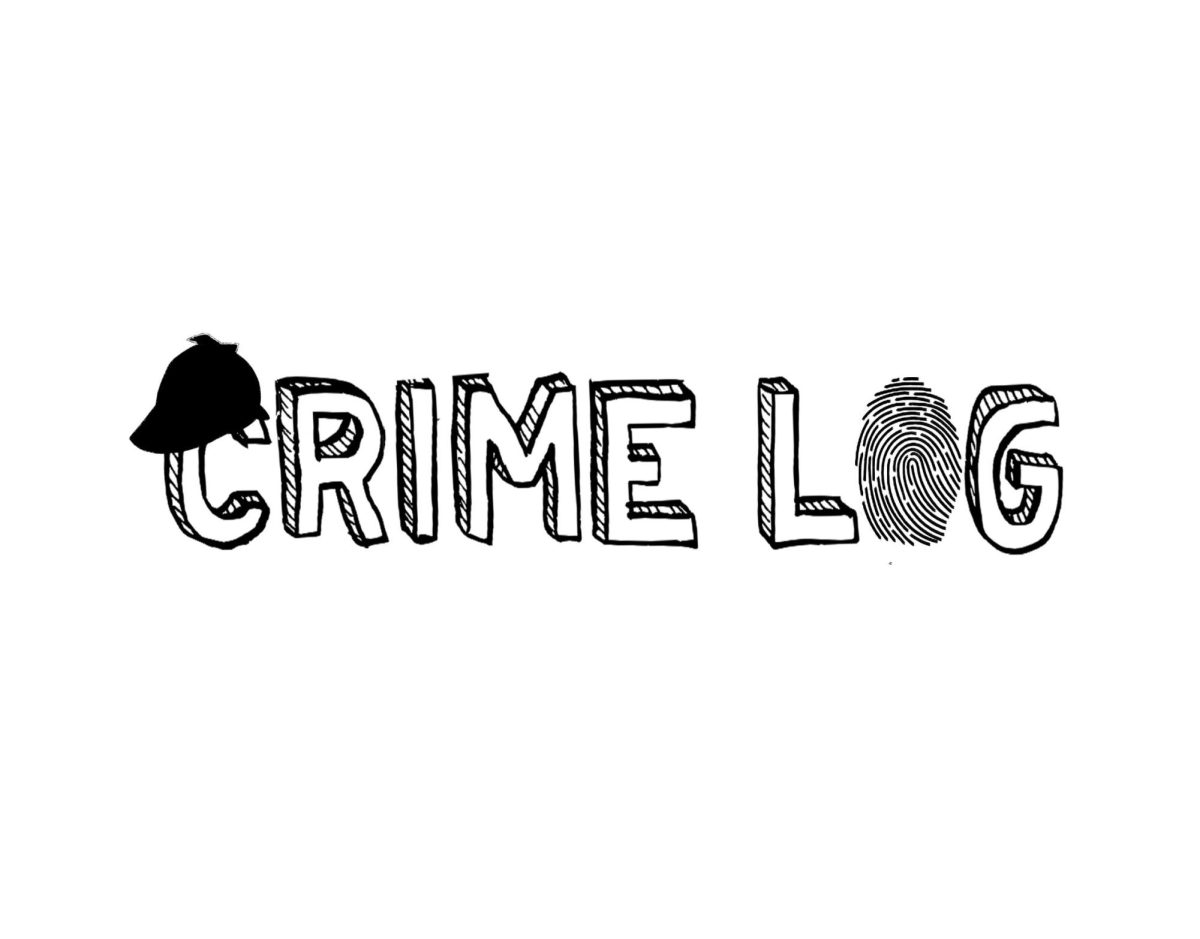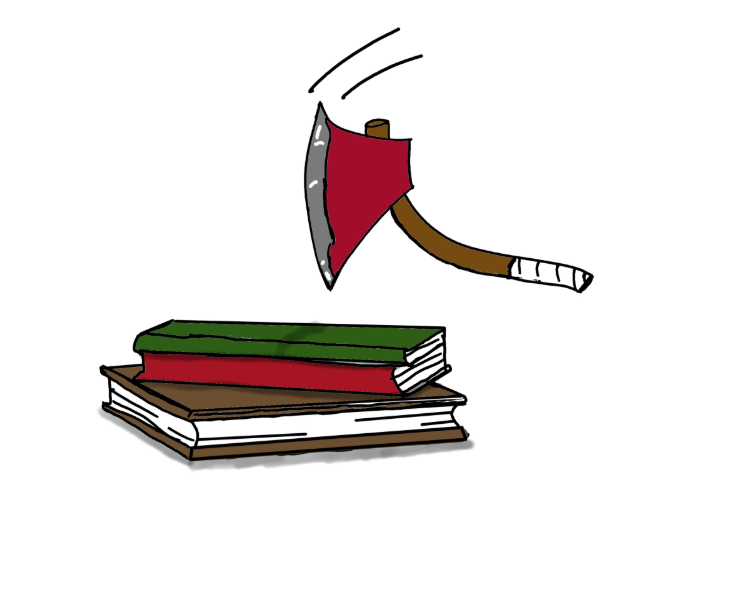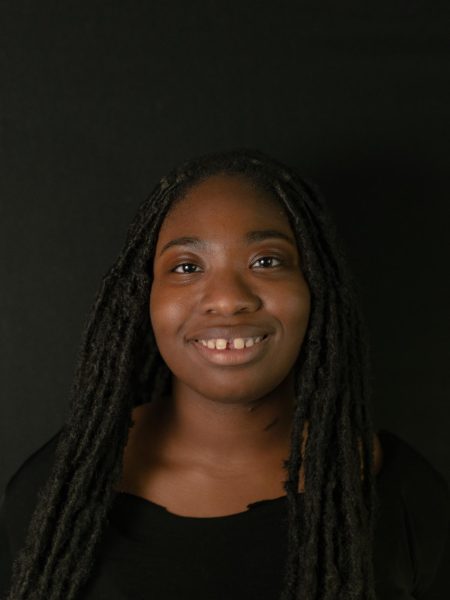The intertwining of artificial intelligence (AI) and art is on the rise in the creative arts industry, which is completely understandable with the evolution of popular programs such as ChatGPT and AVIVA becoming more advanced. Just by inserting a simple prompt, the range of what could be done with a bit of code is versatile. It is common for an AI to render a small sketch of an idea or create an entire masterpiece. In fact, despite many expecting the reaction of AI’s advancement into art to cause controversy, reality shows a different perspective. Some artists, including those in San Antonio, are grabbing the bull by its horns and incorporating AI and technology into their crafts and artworks. This allows AI’s tech features to enhance their concepts and designs in a multitude of ways.
One artist, Madison Cowles, has been creating art ever since she can remember. When she was 11 years old, she began to dabble with experimentation in digital media, and by age 17, she secured a job as a graphic designer while going on to get her Bachelor of Fine Arts from UTSA in 2013 and her Master of Fine Arts at the University of Kentucky in 2018. Back then, she drew, painted and was involved in printmaking and installation.
Now, in 2024, Cowles has become the director of marketing and communications at UTSA’s Campus Recreation Center. She is an internationally exhibited artist and author who has grown to love more types of art and gained an abundance of skills, such as digital illustration and design.
“I have worked hard to have well-rounded creative skills, and I’m thankful I get to use my design, videography and writing skills daily to create things for the Roadrunner community,” Cowles explained.
Her positive attitude, determination to improve, and curiosity ultimately led her to use AI in 2022.
“AI components have been being built into design software for years,” she said. “Seeing the sudden flood of Dall-E images on social media [one] summer [is what] first sparked my interest.”
Her initial thoughts were that the AI-generated images were “ugly and clunky, but the possibilities were immediately apparent,” so instead of just calling it a day, she did more research on stand-alone AI tools.
After some assessment and investigation of AI, she found ways it could be beneficial to her projects. She enjoyed learning about it and saw “the inherent surreal quality of generative images” captivating, as she revealed, “I love their unreal sense of space and the uncanny feeling that something is slightly off.”
Her opinion connects well, as most of her written and visual work is “surreal, even horror” based on her dreams. In this particular case, she explained, “I recently had a dream that left quite an impression on me, and I wanted to recreate it as an illustration.” AI technology helped her bring it to life.
In a new contemporary piece, Cowles recently incorporated AI-generated imagery into her zine book titled “Worlds.”
“I generated images in Mid Journey as a base and manipulated them in Photoshop using its new generative AI features to add and change elements.” These were featured in her zine as a set of collages, along with some creative writing. It was not a one-and-done sort of deal, as Cowles “wrote some prompts,” indicating more than one in an attempt to get it closest to what she would like.
“I knew very specifically what I wanted the environment to be,” so she committed to creating multiple variations. “Then I got to use that as a reference for my illustration.” The use of AI was a great help in efficiency, allowing Cowles to “approximate the lighting, colors, camera angle, weather and location for a background reference, saving me much time and trial and error,” meaning there was more time to pay attention to details in the end.
When it comes to which programs she finds herself drawn to in conjunction with AI, Cowles finds “Photoshop, Adobe Illustrator Procreate and Heavy Paint” are efficient.
Developing an interest in AI as an artist can be overwhelming, and many need help knowing where to start. Let Cowles be an inspiration who challenges the countless to take part in research and apply what they see to original artworks and crafts. To begin with something easy, try allowing AI to give a base image or concept idea, which would allow expansion upon it with a fun twist of one’s own. For software options that use AI, Adobe Creative Cloud is available for UTSA students.


